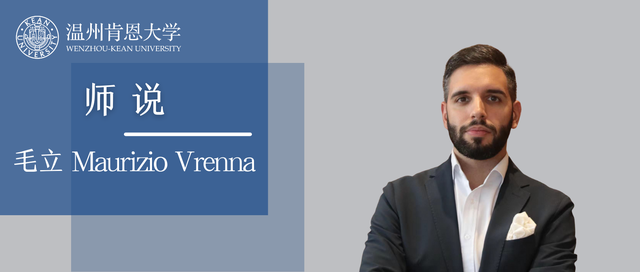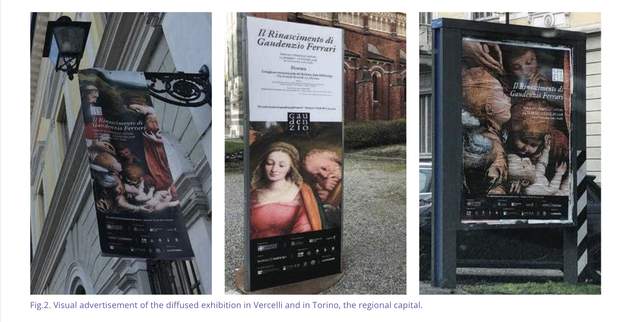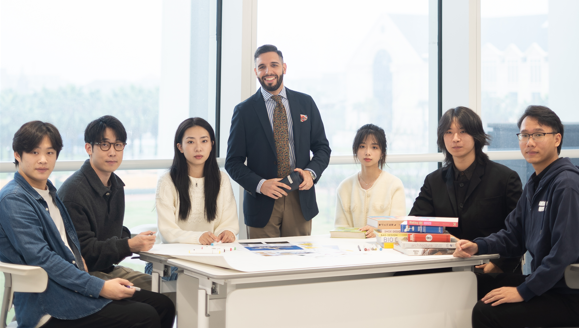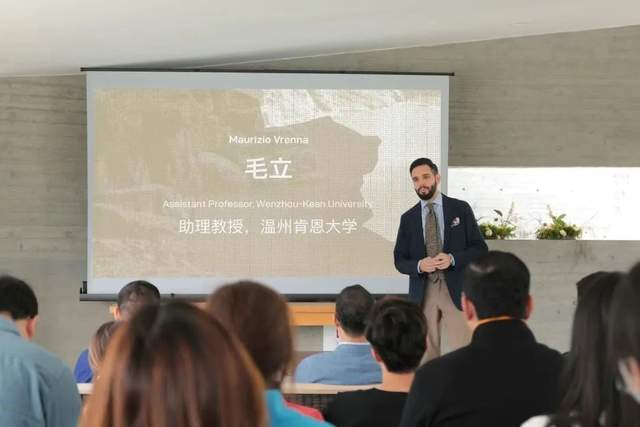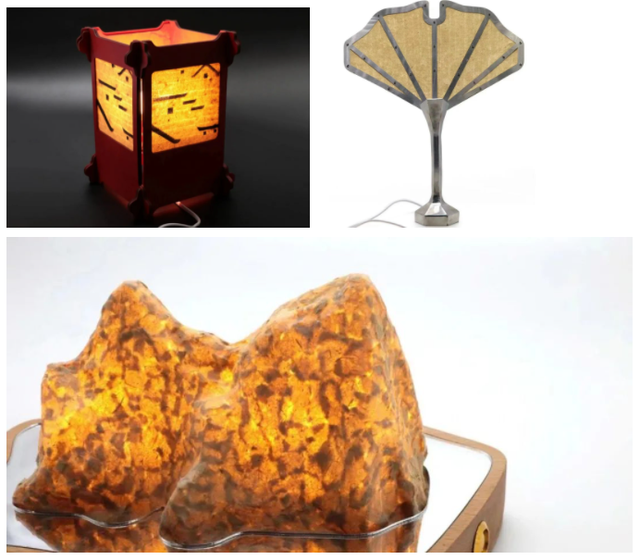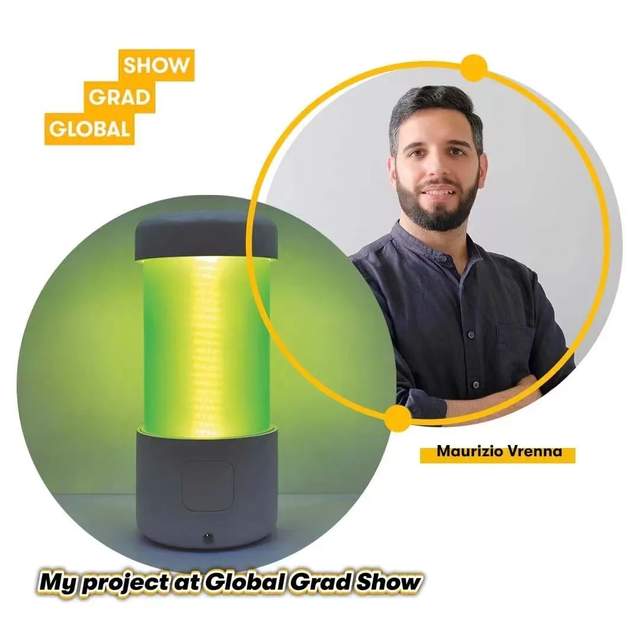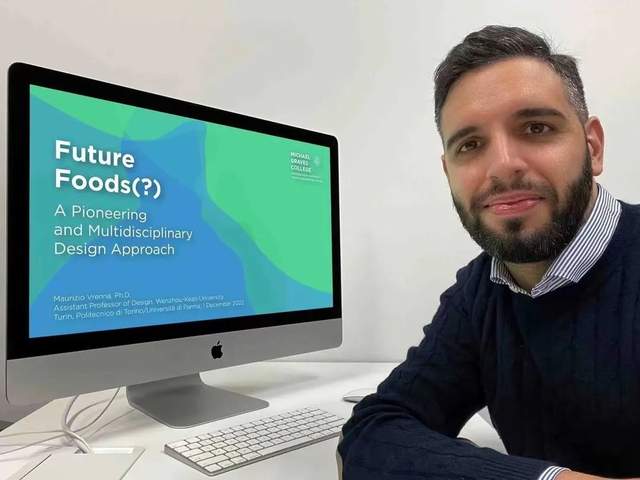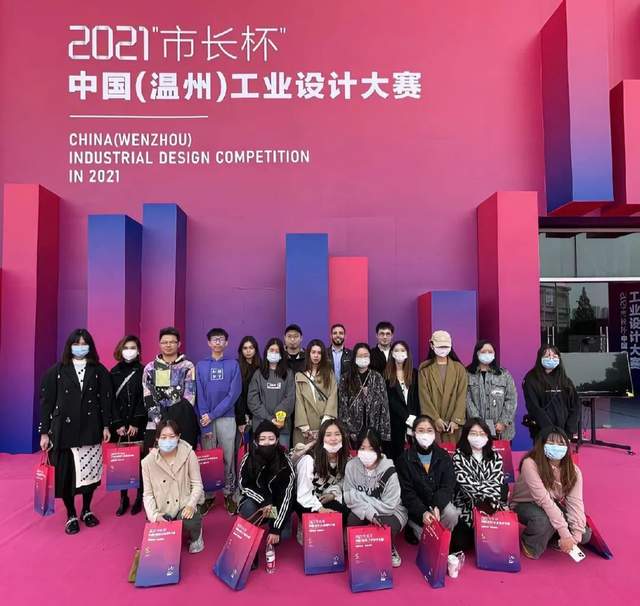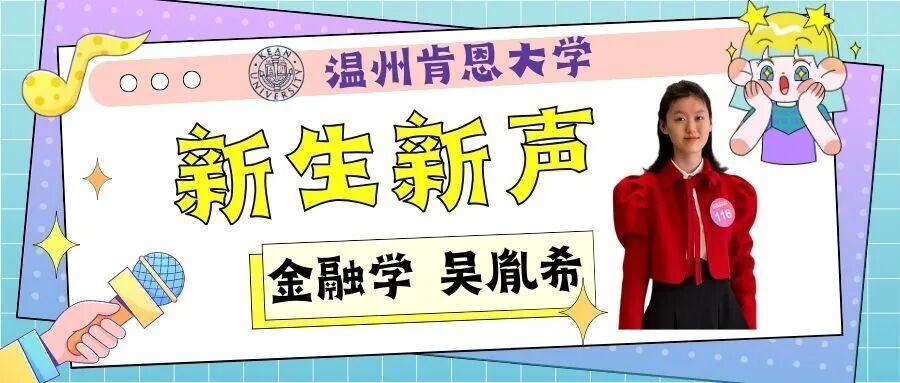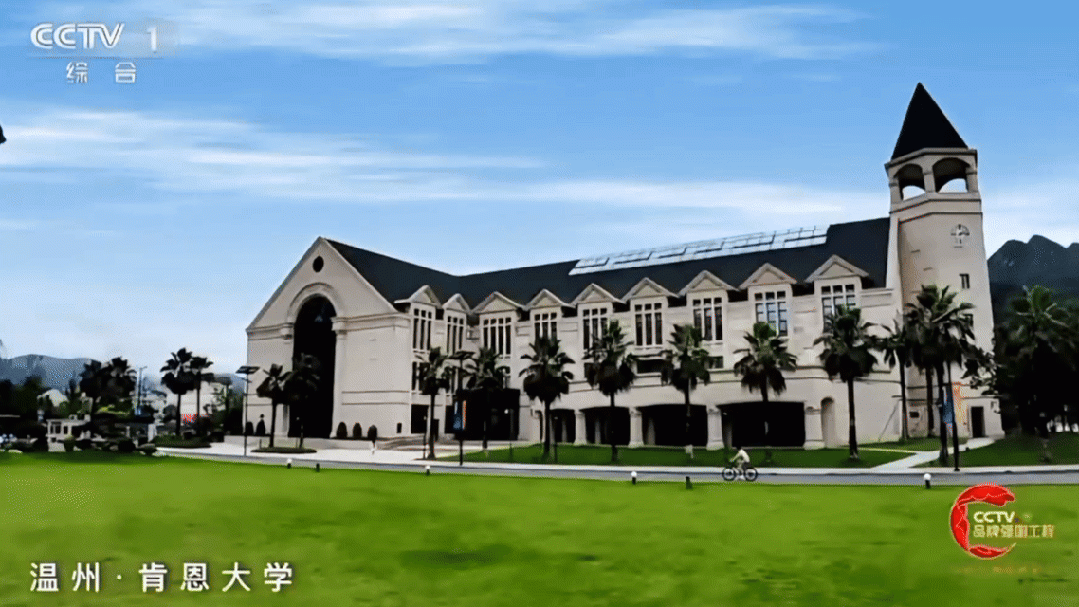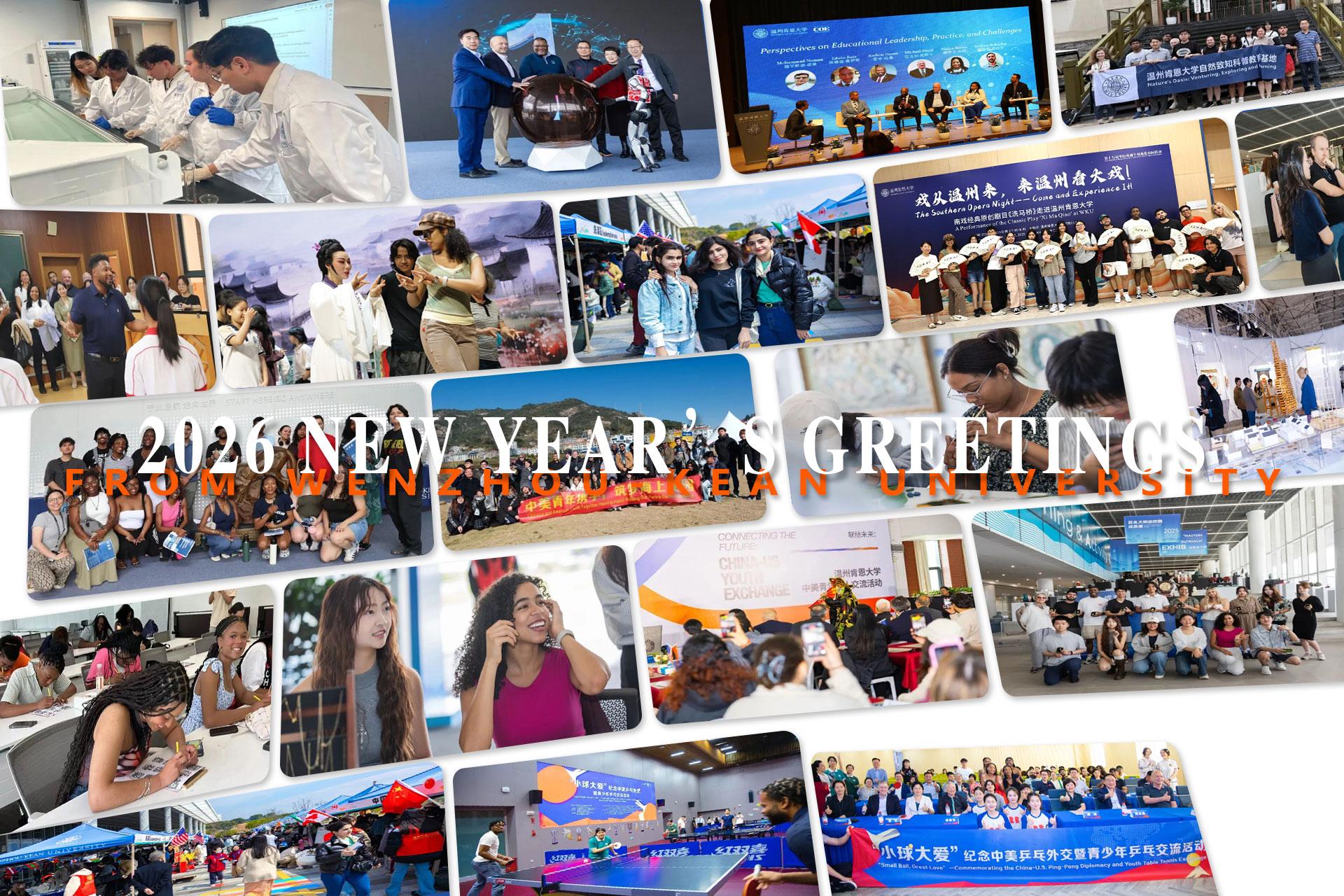Interview with Dr. Maurizio Vrenna, Industrial Design, Michael Graves College at Wenzhou-Kean University
Dr. Maurizio Vrenna, from Turin, Italy, is an Assistant Professor in Industrial Design at Wenzhou-Kean University who honors this year’s WKU Excellence Award in Research. He holds a Ph.D. in Management, Production and Design from Politecnico di Torino (Italy) and has studied at Tsinghua University and Tongji University, both key universities in China. Throughout his career, Maurizio has been involved in the development of innovative products and services for clients such as Ferrari, Ducati, and Juventus. Since arriving at Wenzhou-Kean University in August 2020, he has been working to integrate his unique understanding of sustainable design into his teaching. Recently, he has participated in “West meets East —The Old Hand at Art VIII” art salon hosted by the Longxi Art Museum and the “Come Together for a Better Future of Wenzhou” Green Development Forum co-organized by WKU with the support of other social associations.
In today’s program, we have invited Dr. Maurizio Vrenna to share his experiences with the mutual shaping of the two cities and how he acts his intention out with education and serves society with his profession.
01 Shouldering the responsibilities of cultural inheritance and students’ education
“No matter in my hometown of Turin or Wenzhou, it is my responsibility and my role as a designer to rediscover, innovate and spread the local traditional culture…”
Before coming to China, Dr. Maurizio Vrenna has found in Italy, his hometown, that many excellent folk cultures were left out of the city’s memory and removed from people’s vision. Maurizio was determined to change this situation and endeavored to keep the local culture alive. One of the successful examples of his hard work is promoting the Italian painter and sculptor Gaudenzio Ferrari’s artworks. Maurizio mentioned that when he visited the small town where the artist lived, the local culture was not integrated into people’s daily lives, and there was great resistance to passing on the local culture. Dr. Vrenna said, “I insisted that the local cultures are worthy of being rediscovered and recreated. As an art scholar, I am willing to work with the local government to make those culture rebirth in a new form.” Thus, he planned exhibitions and designed logos on the theme of local characteristics and culture. Through his efforts, those designed logos were widely used in various forms of local crafts, and an increasing number of people noticed Gaudenzio Ferrari’s works. “I was so excited to see the logo put on coffee coasters, shoe soles, and even door frames. I may say that you can find this logo all over the town.” The local people were willing to use the logo to brand their own local culture, and this spontaneous behavior not only promoted the regeneration of culture but also gave new life and possibilities to the local culture.
Dr. Maurizio Vrenna is glad to see the inheritance of culture, and he is willing to assist and catalyzed cultural inheritance. His considerable insight and persistence in inheriting traditional culture were brought into the classroom after he started teaching at WKU. When a western designer from Turin encountered Eastern ancient Zeta paper, what kind of sparkles would be crashed out?
In 2021, Maurizio led his students from the WKU Design department to visit Zeya—known as the “Chinese Millennium Paper Town” and gained insight into how Zeya paper was made. Combining Zeya’s ancient papermaking techniques with modern aesthetics, Dr. Maurizio Vrenna and WKU students jointly made five beautiful lamps.
When asked about what inspired him to spread Zeya’s paper, Maurizio said with excitement: “The complicated and delicate papermaking process of Zeya’s paper deeply attracted me!” Restricted by way of transmission, unfortunately, Zeya paper has a very limited application. Therefore, Maurizio hopes to use the “Zeya Paper Reborn Project” to design and create new products with WKU students so as to rediscover the beauty of Zeya’s paper art. He also added: “The five lamps not only can be used as artworks for everyone to enjoy but also they can be put into industrial production as cultural characteristic products boosting the local economy.”
Whether he was in Italy or in Wenzhou, Maurizio believed that there are no boundaries between cultures. Even though he is in China, he still insists that he has a responsibility to preserve and pass on those talent ancient skills as much as he can.
02 Exploring future design trends in the field of sustainable development
Focusing on the field of Industrial Design, Dr. Maurizio Vrenna is particularly interested in sustainable development. For him, sustainable development involves not only environmental sustainability but also involves economic, social, and cultural sustainability. “Meeting the needs of the present and benefiting future generations” is always a hot topic. It’s a topic full of opportunities and prospects that everyone around the globe must think about. Maurizio is convinced that research on sustainable development is forward-looking, and its results offer infinite possibilities for future employment, research, business, and education.
While preparing for his doctoral dissertation, he proposed the idea of “exploring superfoods”—microalgae as food in 40 years. He also designed ALGAE GROWER, a machine that produces fresh spirulina at home. His original intention was to meet everyone’s basic needs with low-cost, highly nutritious spirulina and to bring convenience to people’s lives in the future against an international backdrop of global foot shortages and insufficient domestic supply. Later in 2020, COVID-19 broke out, and the global economic structure changed. People’s daily life was impacted while problems with food supply were frequent. Under such impact, Maurizio’s micro-algae design has become quite prospective and practical.
03 In his third year in Wenzhou, he found a sense of belonging
“My hometown Turin and Wenzhou are sister cities. Although the distance between the two cities is very long from the map, the development orientation of the two cities is very similar.”
This intimacy makes Maurizio quickly integrate into the city of Wenzhou. He participates in city and community events such as the “Mayor’s Cup” China (Wenzhou) Industrial Design Competition. At the same time, he also used his professional knowledge to assist the community and the government so that art could be integrated into and affect life.
Moreover, he even publicized his “diatom mud’s” research results and related technologies. In the interview, he explained to us that the ultimate goal of his research is not attribution or patent ownership but rather to advance the technology through his exploration. He wants truly expand the application area and bring academic achievements to the market and practical use. “I share my technology, and I hope people can innovate on this technology”, said Maurizio. Therefore, he does not mind making these results public, and the actual use by the public is the most significant recognition and value of his research.
Dr. Maurizio Vrenna keeps the dreams and embraces the times. He has explored a path of innovation and stepped into a school that could grow with him.
When asked why he did not stay in big cities such as Beijing and Shanghai to work after his life as a student, he mentioned that he preferred to choose a city with a traditional Chinese style. “Beijing and Shanghai are international cities with rich resources and opportunities, but I hope to come to a city that is not so ‘saturated’ and grow together with it. WKU is a fledgling that has just taken to the blue sky, just like I am also a young teacher full of longing.” Dr. Maurizio explained. He is willing to grow with his department, college, and school. Admittedly, he also looks forward to marching toward internationalization with this city—Wenzhou.
Writer: LIU Yanxi, WANG Yanran, LIN Zili
Proofreader: XIANG Wenwei

